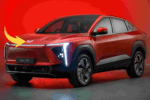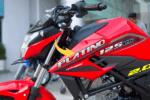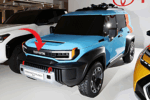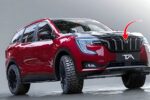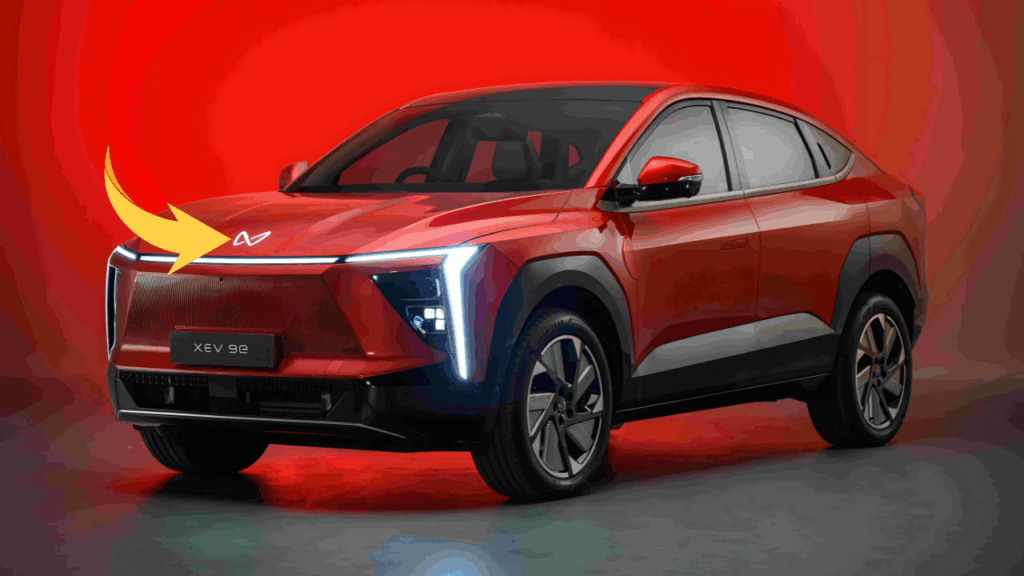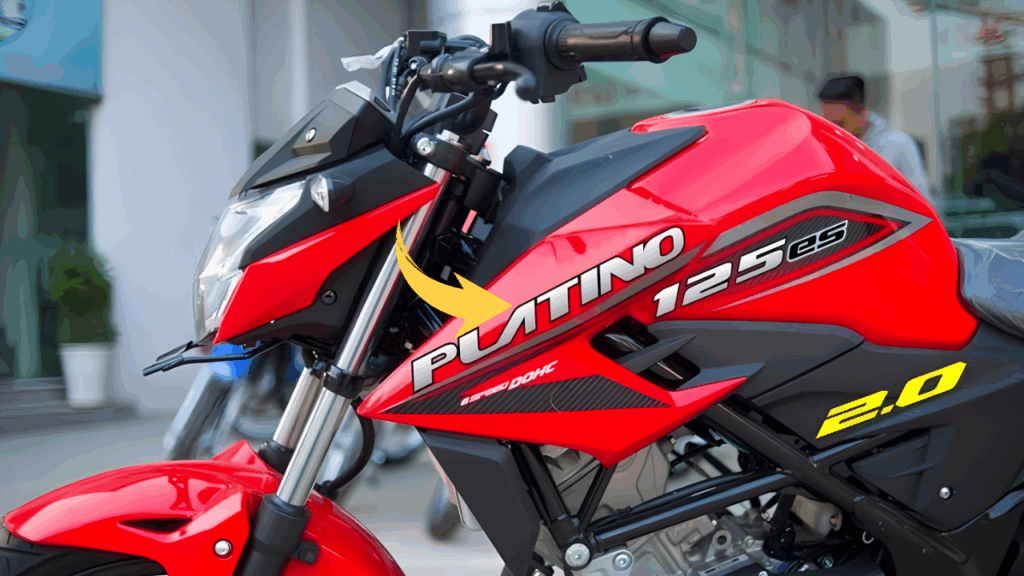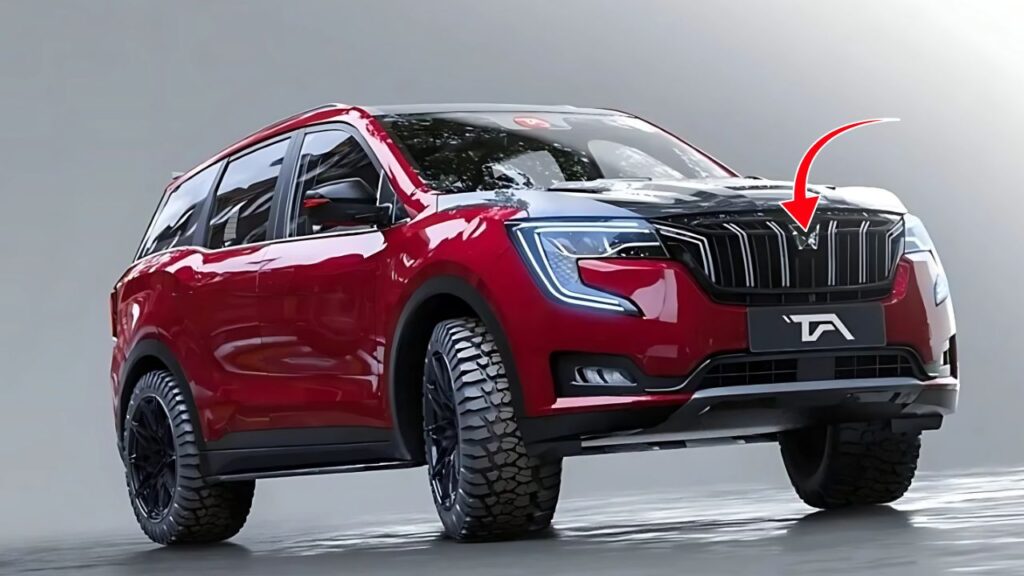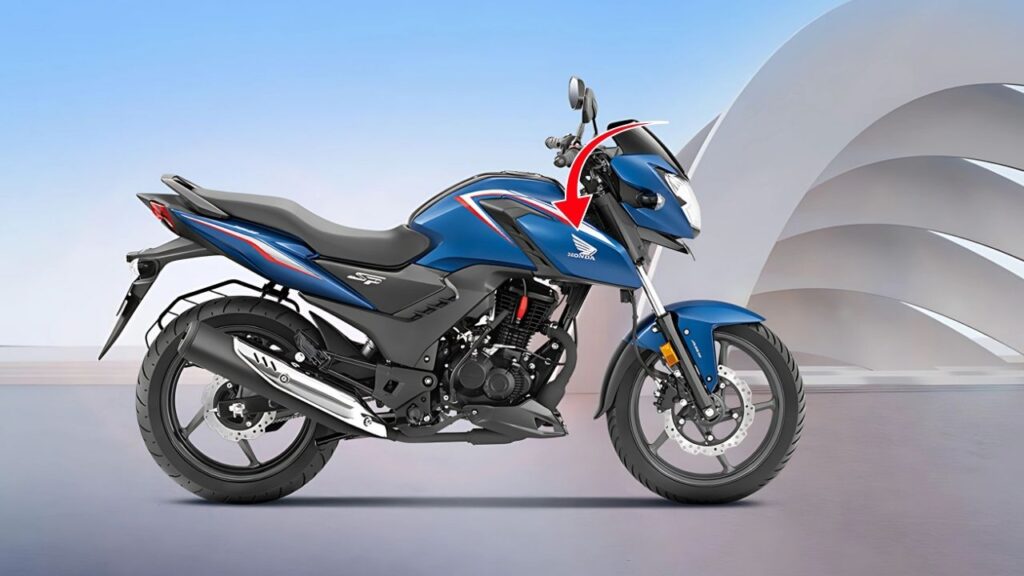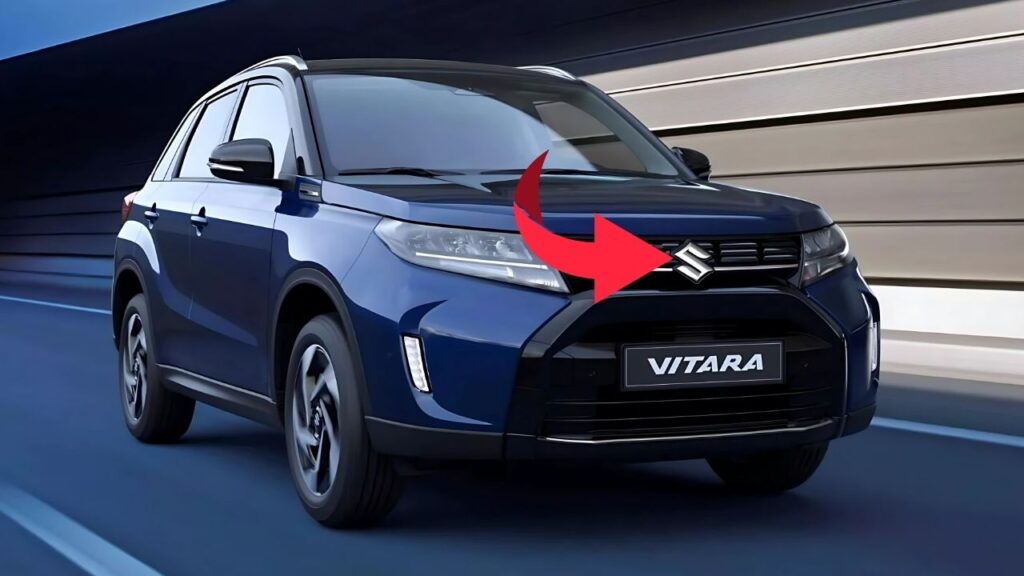KTM 390: In the unforgiving arena of performance motorcycling, where legacy brands often command respect through heritage alone, the KTM 390 series emerged as a disruptive force that fundamentally altered expectations about what affordable performance could mean.
The orange machines from Mattighofen—conceived in Austria but born in India—have carved out a reputation that transcends their modest displacement, challenging established norms and creating a new category of accessible performance motorcycles that punch well above their weight class.
Their story illuminates not just engineering excellence but also the shifting dynamics of global motorcycle manufacturing and the evolution of rider expectations across diverse markets.
Table of Contents
KTM 390: Genesis of a Game-Changer
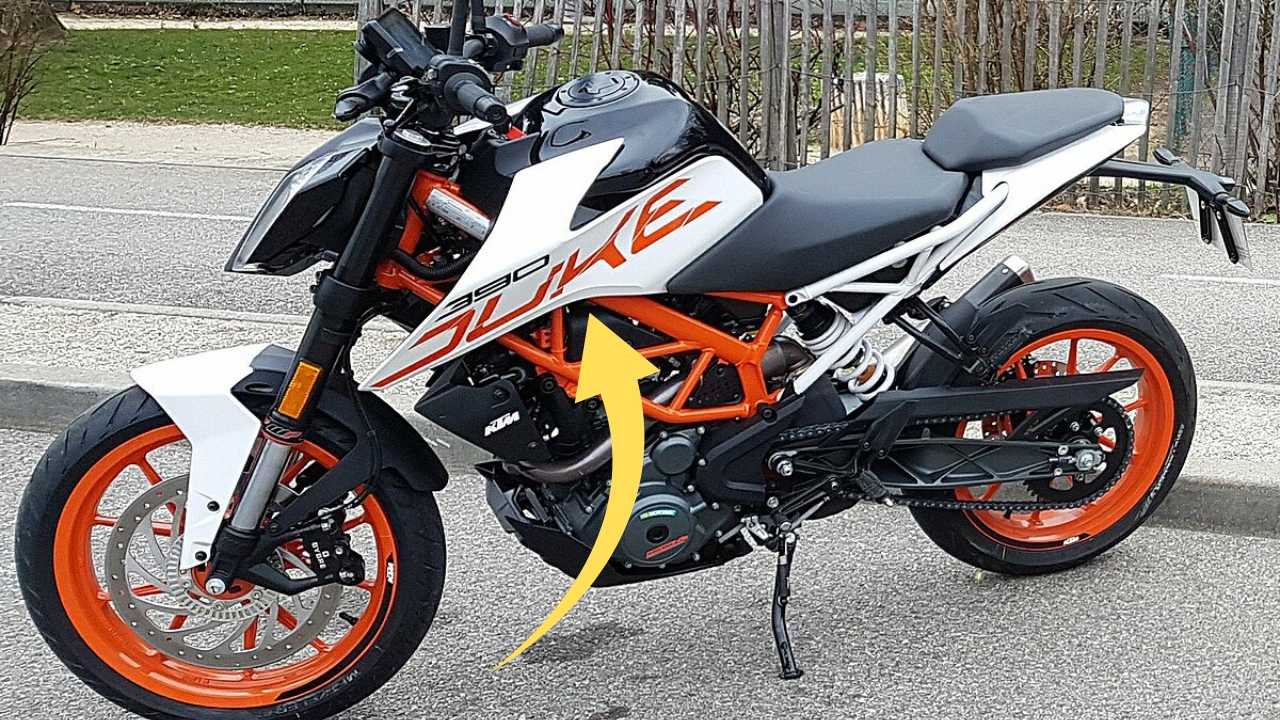
The KTM 390 story begins around 2010, during a transformative period for both KTM and the global motorcycle industry.
The Austrian manufacturer, known primarily for its off-road prowess and later for extreme street machines like the Super Duke, had formed a strategic partnership with India’s Bajaj Auto in 2007.
This alliance, initially raising eyebrows among motorcycle purists, would prove prescient as traditional motorcycle markets in Europe and North America struggled through economic downturns while emerging markets showed promising growth trajectories.
The collaboration aimed to combine KTM’s engineering expertise and brand prestige with Bajaj’s manufacturing efficiency and intimate understanding of developing markets.
The 390 platform emerged as the most ambitious expression of this partnership—a vehicle that would maintain KTM’s performance DNA while achieving price points previously unimaginable for European motorcycles.
When the first offspring of this collaboration, the 390 Duke, was unveiled at EICMA in 2012 before reaching global markets in 2013, it represented something genuinely novel.
Here was a motorcycle with premium components, aggressive styling, and legitimate performance credentials wearing a price tag that placed it within reach of enthusiasts who could previously only aspire to European motorcycles.
The formula proved immediately successful, with demand frequently outstripping supply in numerous markets.
The Platform Expands: From Naked to Faired to Adventure
The initial 390 Duke established the template: a liquid-cooled, single-cylinder engine with dual overhead cams and four valves producing around 43 horsepower—impressive figures for a 373.5cc displacement—housed in a lightweight trellis frame.
The premium touches extended to WP suspension components, Brembo-developed braking systems (under the ByBre subsidiary), and a comprehensive electronics package rarely seen at this price point.
Recognizing the platform’s potential, KTM rapidly expanded the 390 family. The RC 390 arrived in 2014, translating the Duke’s performance characteristics into a fully-faired sports bike format with more aggressive ergonomics and track-focused intentions.
The sharp styling, with its distinctive stacked projector headlights and angular bodywork, made it immediately recognizable and reinforced KTM’s “Ready to Race” ethos.
The family grew again in 2020 with the introduction of the 390 Adventure, applying the same engineering philosophy to the increasingly popular adventure motorcycle segment.
With longer-travel suspension, increased ground clearance, and touring-oriented ergonomics, the Adventure variant demonstrated the platform’s versatility while opening KTM’s legendary off-road heritage to riders intimidated by the company’s larger, more expensive adventure offerings.
Throughout these iterations, the core values remained consistent: class-leading performance, premium components, aggressive styling, and accessible pricing—a combination that forced competitors to recalibrate their own offerings or risk irrelevance in key segments.
Engineering Excellence: The Heart of the Matter
At the core of every 390-series motorcycle beats a remarkable power plant that deserves technical appreciation.
The 373.5cc single-cylinder engine represents an engineering approach that differs significantly from Japanese competitors who typically favor milder states of tune in pursuit of smoothness and reliability.
KTM’s engine features a relatively oversquare design with a 89mm bore and 60mm stroke, allowing for a higher-revving character while still delivering accessible torque.
The DOHC four-valve head with finger followers allows for precise valve control even at the upper reaches of the rev range, where the engine produces its peak power of 43-44 horsepower (depending on the model and generation).
The counterbalance shaft deserves particular mention for its effectiveness in taming the inherent vibrations of a large-displacement single without excessively dampening the engine character that gives these motorcycles their distinct personality.
It’s a delicate balance that KTM’s engineers have managed admirably, creating an engine that feels alive without becoming uncomfortable during extended riding.
Fuel delivery via ride-by-wire throttle (in later generations) connected to a Bosch engine management system ensures precise response and enables rider modes that alter the power delivery characteristics—technology that trickled down from far more expensive motorcycles.
The slipper clutch, another premium feature, prevents rear wheel hop during aggressive downshifts, a boon for enthusiastic riding on winding roads or track days.
Perhaps most impressive is the thermal management. Engineering a high-performance single-cylinder engine of this displacement presents significant cooling challenges, especially when packaging constraints demand compact radiator dimensions.
The sophisticated cooling system, with its optimized flow patterns and temperature-controlled fan, maintains consistent performance even in punishing conditions like urban traffic in tropical climates—a particular achievement considering these motorcycles see service everywhere from Scandinavian winters to Indian summers.
Chassis Dynamics: The Complete Package
KTM’s racing pedigree shines through most clearly in the 390 series’ handling characteristics. The lightweight steel trellis frame—a KTM hallmark—provides exceptional torsional rigidity while permitting controlled flex where beneficial for feedback.
This framework is complemented by a cast aluminum swingarm that balances strength with minimal unsprung weight.
The suspension components, supplied by WP (a KTM subsidiary), deliver performance that was previously unimaginable at this price point.
The 43mm upside-down fork offers a level of front-end feel and control that transforms rider confidence, particularly during aggressive cornering or when navigating poor road surfaces.
The rear monoshock, directly mounted to the swingarm without complex linkages in the Duke and RC models, provides progressive damping that maintains composure through everything from small bumps to larger impacts.
Braking duties are handled by ByBre components—essentially Brembo’s designs optimized for cost—with a four-piston radial caliper gripping a 320mm disc up front and a single-piston floating caliper on a 230mm disc at the rear.
The stopping power exceeds what many riders will ever demand, with excellent feel through the lever allowing for precise modulation.
The inclusion of Bosch two-channel ABS, switchable on later models, provides a safety net without intruding on the riding experience.
The lightweight alloy wheels, particularly when shod with premium rubber like the Metzeler Sportec M5 that came standard on earlier models, complete a chassis package that encourages riding at a pace that would intimidate many larger motorcycles.
The combination delivers a handling character that feels intuitive and precise without becoming nervous—a balance that suits both novice riders developing their skills and experienced enthusiasts exploiting the motorcycle’s capabilities.
The Riding Experience: Accessible Exhilaration
Throwing a leg over any 390-series KTM reveals much about the company’s priorities.
The riding position—whether the upright, commanding stance of the Duke, the committed forward lean of the RC, or the comfortable, long-distance orientation of the Adventure—immediately communicates purpose.
Controls fall naturally to hand and foot, with quality touchpoints like the adjustable levers providing a premium feel before the engine even fires.
Once underway, the engine’s character dominates the experience. The substantial torque available from low revs makes urban riding effortless, while the free-revving nature rewards riders who venture higher in the rev range with surprised passengers or seeing larger-displacement motorcycles dwindle in their mirrors.
The quick-revving nature, particularly noticeable during rapid gear changes, creates an impression of urgency that belies the actual displacement.
The soundtrack contributes significantly to the experience. The intake howl from the airbox combines with the exhaust note to create a distinctive acoustic signature that enhances the sensation of speed without becoming intrusive on longer journeys.
This aural character has become part of the 390 series’ identity, instantly recognizable to enthusiasts and often imitated but rarely matched by competitors.
What truly distinguishes the riding experience, however, is the cohesion of the package. These motorcycles feel built of a piece, with engine, chassis, and ergonomics working in harmony rather than as separately developed components forced to coexist.
This integration creates confidence that encourages riders to explore the motorcycles’ capabilities, whether carving through canyon roads, navigating urban traffic, or undertaking longer tours.
Cultural Impact and Market Disruption
The 390 series’ influence extends far beyond sales figures or technical specifications. These motorcycles have fundamentally altered perceptions about what constitutes premium in the motorcycle world, challenging the assumption that authentic performance requires large displacement or established country-of-origin pedigrees.
In developed markets like Europe and North America, the 390 platform attracted both new riders intimidated by larger machines and experienced enthusiasts seeking accessible track-day weapons or engaging daily riders.
The value proposition proved particularly compelling during economically challenging periods, offering a premium experience without the associated financial burden.
In emerging markets like India, Southeast Asia, and Latin America, these motorcycles became aspirational objects that were actually attainable—premium European motorcycles that local riders could realistically own rather than merely admire from afar.
This accessibility created entirely new categories of enthusiasts and riding cultures, particularly in India where the 390 Duke helped establish a street-naked performance segment that barely existed before its arrival.
The partnership between Austrian engineering and Indian manufacturing demonstrated a model for global collaboration that leveraged the strengths of both players.
KTM gained access to efficient production capabilities and emerging markets, while Bajaj elevated its technical capabilities and brand associations through proximity to a prestigious European manufacturer.
This relationship foreshadowed similar arrangements that would later emerge throughout the industry.
Perhaps most significantly, the 390 series forced established manufacturers to reconsider their approach to smaller-displacement motorcycles.
Where such machines were once often built to price points with evident compromises, competitors now found themselves needing to offer genuine performance and premium features to remain competitive.
This shift benefited consumers across brands and price points, elevating expectations throughout the category.
Evolution Through Generations: Refining the Formula
Through successive generations, KTM has systematically addressed criticisms while enhancing strengths.
The first-generation models, while revolutionary, did face reliability concerns particularly regarding head gaskets and overheating in certain conditions.
The 2017 redesign of the Duke (and subsequent updates to other models) comprehensively addressed these issues while introducing more sophisticated electronics including the TFT display that has become a signature feature.
The latest iterations represent the platform’s fullest expression, with features like cornering ABS, quick-shifters, multiple ride modes, and smartphone connectivity creating a technological package that rivals motorcycles at much higher price points.
The refined ergonomics and enhanced finish quality address earlier criticisms about comfort and perceived build quality, creating a more well-rounded package without diluting the essential character that made these motorcycles special.
KTM 390: Looking Forward: The Legacy Continues
As the motorcycle industry navigates complex transitions toward electrification and increasing regulatory requirements, the 390 platform’s future remains intriguing.
Recent spy photographs suggest continuing evolution of the existing models, likely incorporating enhanced rider aids and emissions-compliant updates while maintaining the core appeal.
More significantly, the platform’s demonstrated versatility suggests potential for further variants. The possibility of a 390 Enduro to compete in the growing dual-sport segment seems particularly viable given KTM’s off-road heritage.
Similarly, the success of retro-styled motorcycles from other manufacturers might encourage KTM to develop a classically influenced variant that would appeal to riders seeking performance with less aggressive styling.
Whatever forms future iterations take, the 390 series has secured its place in motorcycling history.
These machines proved that authentic performance experiences need not be exclusive or financially prohibitive, that thoughtful engineering can overcome displacement disadvantages, and that partnerships between established and emerging industry players can yield products that transcend what either could achieve alone.
In a world where motorcycling often divides along tribal lines of brand loyalty, displacement wars, and country-of-origin prejudices, the KTM 390 series represents something more universal: the pure joy that comes from a perfectly executed corner, a winding road, or an unexpected adventure—experiences that speak to riders regardless of background or budget.
That democratization of performance might ultimately be their most significant contribution to motorcycling culture.
